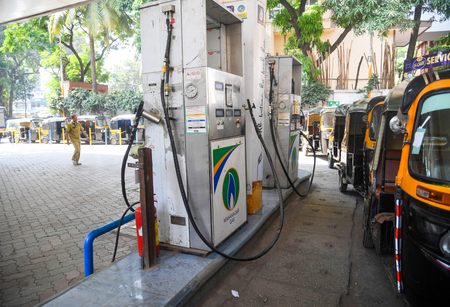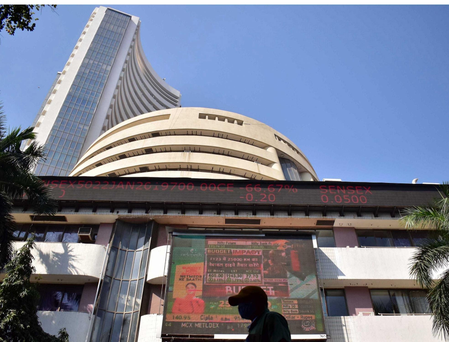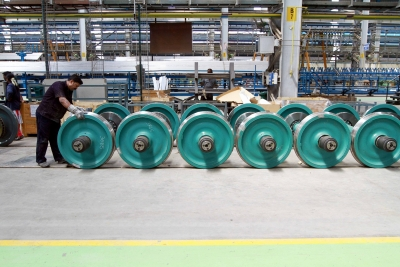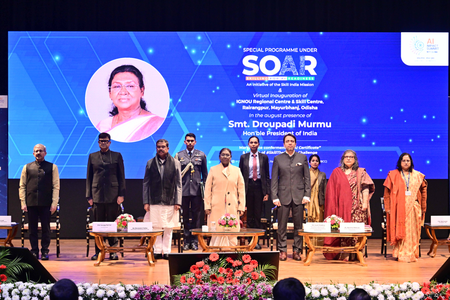
New Delhi, May 30 (IANS) About 46.96 per cent of young adults, aged 18-24, have quit tobacco in India, according to a report on Thursday by Vallabhbhai Patel Chest Institute (VPCI) based on a survey of calls received by the government’s National Tobacco QuitLine Services (NTQLS).
World No Tobacco Day is observed every year on May 31. The VPCI survey based on NTQLS data showed that the tobacco quitline recorded 1,44,938 quitters from 4,77,585 registered calls, with a total of 8.2 million calls hitting the interactive voice response (IVR) between May 2016 and April 2024.
A total of 46.96 per cent of registered calls to the NTQLS were from 18-24-year-olds, who also had a 12th-grade education — making them the largest group of quitters.
“This data highlights the growing awareness and determination among India’s youth to combat tobacco addiction,” the VPCI said.
Over 43 per cent reported to be self-employed, 75.85 per cent had no family history of tobacco use, while 68.63 per cent were found to use smokeless tobacco.
Further, the data showed that Uttar Pradesh led with 1,50,925 (31.6 per cent) calls and 29.68 per cent of quitters. In addition, 72.96 per cent of calls were made from individuals with 1-10 years of tobacco use, and 77.74 per cent have no history of alcohol use.
“The NTQLS provides free, confidential counselling and guidance to tobacco users across the country, empowering them to take charge of their health,” said Dr. Raj Kumar, Director, Vallabhbhai Patel Chest Institute.
“Quitting tobacco is not just about willpower. We address the psychological and behavioural factors that contribute to addiction, offering strategies to manage cravings and overcome withdrawal symptoms,” added Dr. Raj, leading the Tobacco Cessation Clinic (TCC) at VPCI since November 2001.
Over the past 23 years, TCC at VPCI has organised 376 public awareness programmes, anti-tobacco campaigns, and seminars, reaching over 1.3 million people.
These initiatives have trained 57,243 doctors, benefited 44,652 students, and empowered 61,129 social workers, creating a ripple effect of awareness and education.
–IANS
rvt/rad




